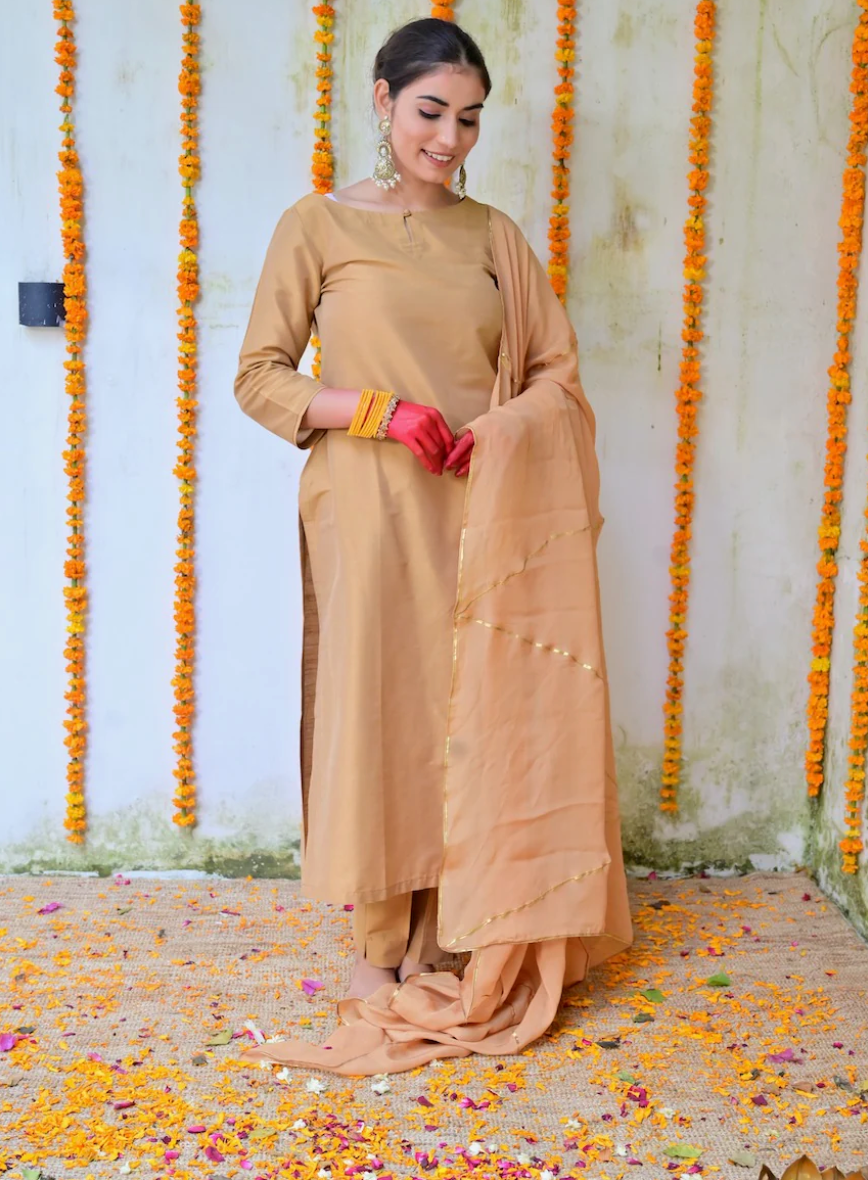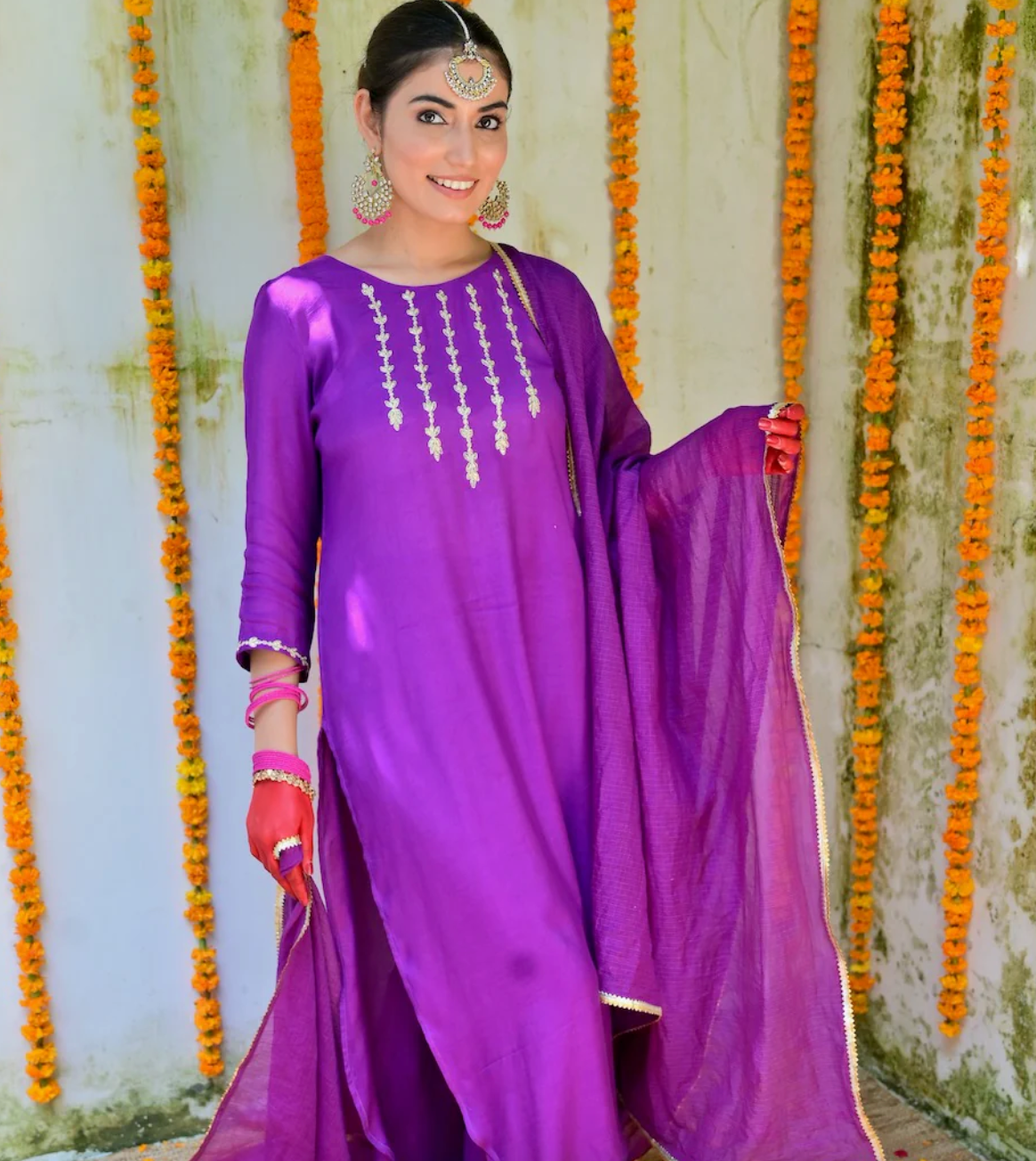
For Indians, cotton isn’t just an ordinary crop it’s an important part of our history, culture and daily lives. From the sarees and shirts you wear daily to the Kurta Pajama for Kids you purchase during festivities, every piece of Ethnic Cotton Clothing is a journey filled with tradition, artisanship and the love of the people who have held on to the craft for so long.
Planting And Harvesting
The journey of cotton begins in fertile fields of Gujarat, Karnataka, Punjab and other Indian states from March to May. These seeds flourish during the monsoon season, producing fluffy white balls and are ready to be harvested between December and January, before the winter frost can get to them.
In some villages, cotton is still picked by hand to ensure that the delicate fibres remain intact. In others, modern machinery helps speed up the process.
Ginning
Once harvested, the fluffy balls of cotton go straight to ginning mills where the fibres are separated from the seeds. This process produces soft cotton lint that will next be spun into a yarn.
Spinning
The next step in this jaunt of cotton is spinning. The lint is carded and combed to align the fibres before they are spun into a yarn. Whether done on a traditional charkha or through modern machinery, this process results in the production of strong, smooth yarn. The yarn’s quality depends on the length and strength of the fibres, with longer fibres producing smoother and finer yarn.
Weaving And Knitting
India’s knitting tradition has been its crowning jewel for ages. From the intricate brocades of Varanasi to the colourful ikats of Odisha, handlooms and power looms across the nation produce fabrics using their unique styles and techniques, resulting in fabrics that are as resilient as they are stunning.
Dyeing And Printing
The country’s dyeing and printing traditions are as rich as its culture. Natural dyes derived from plants and minerals have been used for centuries to give Indian clothing its trademark vibrant colours. Techniques such as block printing in Rajasthan and Madhya Pradesh, and tie-dyeing in Gujarat and Rajasthan, add elaborate patterns and bold hues. Each of these dyeing methods is a representation of the diversity of the nation.
Tailoring
The final look is brought to life by talented tailors and fashion designers. In cities, towns and villages across India, these artisans cut, stitch and transform the fabric into stunning ethnic wear. Sarees, salwar suits, lehengas and Kurta-Pajamas are created with love and passion and adorned with intricate embroidery, sequin work and other embellishments.
Cotton – The Symbol Of Resilience
A textile with over 5000 years of history, cotton has withered a lot of storms to stand where it does today. From being a symbol of resilience against British imperialism to blending effortlessly into the modern Indian wardrobe, this elegant fibre continues to be an invaluable part of Indian economy, cultural identity and fashion.
You, too, can become a part of this rich tradition by shopping from Mera Rang. Whether you are looking for Salwars, Kurtas, or Girls Sharara Online in Gurgaon, they provide you with the absolute best of Indian sartorial culture.



